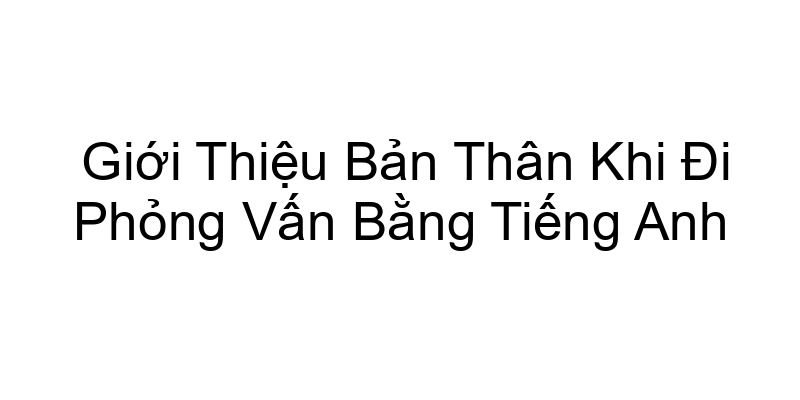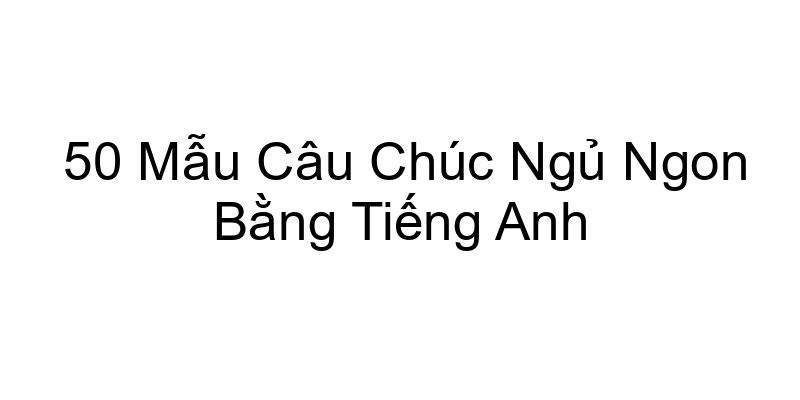Lịch Sự Khi Trả Tiền Ăn Bằng Tiếng Anh
1. Importance of Politeness in Dining Etiquette
Politeness in paying for meals is an essential aspect of dining etiquette. It reflects not only one’s personal values but also the cultural norms of the society they are in. When dining out, whether it’s a casual meal with friends or a formal business dinner, the act of paying the bill carries significant weight. It provides an opportunity to demonstrate respect towards the dining establishment, fellow diners, and the staff who served you.
2. Key Phrases to Use When Paying the Bill
Knowing the appropriate phrases to use when paying the bill is crucial for expressing gratitude and politeness. Here are some common phrases:
- “Can we have the check, please?” – A simple way to signal to the server that you are ready to pay.
- “Thank you for the meal; it was delicious!” – Expressing gratitude towards the staff can enhance the dining experience.
- “I’d like to pay by card, please.” – Notifying the server of your preferred payment method.
- “Could you split the bill, please?” – A polite request if dining with others and you wish to divide the total amount.
3. Understanding Different Payment Methods
When dining out, there are several ways to pay the bill. Familiarizing yourself with these options can help you navigate dining experiences more smoothly.
3.1 Cash Payments
Cash is still a commonly accepted payment method in many restaurants. When paying with cash, it’s polite to count out the money beforehand and have it ready to hand to the server. This shows respect for their time and effort.
3.2 Credit or Debit Cards
Using credit or debit cards is becoming increasingly popular. When the server brings the check, you can place your card in the folder for them to process. Always thank the server upon receiving your card back, as this acknowledges their service.
3.3 Mobile Payments
In recent years, mobile payment apps have gained traction. If you choose this method, ensure that your phone is charged and that the restaurant accepts such payments. Inform the server of your payment method politely.
4. Tipping Etiquette
Tipping is a customary practice in many cultures when dining out. Understanding local tipping norms is crucial. Here are some key points to remember:
4.1 General Guidelines
In countries such as the United States, it’s customary to tip around 15-20% of the total bill. In contrast, some countries include service charges in the bill, so it’s wise to check beforehand.
4.2 Factors Influencing Tips
Several factors can impact the amount you decide to tip. Consider the quality of service received, the restaurant’s reputation, and the occasion.
4.3 How to Tip
When leaving a tip, cash is often appreciated, even if you pay by card. This allows the server to receive their gratuity immediately. If tipping via card, clearly write the amount on the bill provided by the server.
5. Dining with Guests
When dining with guests, whether friends or colleagues, the dynamics of paying the bill may vary. Here are some tips for handling these situations:
5.1 Offering to Pay
If you invited others to lunch or dinner, it’s courteous to offer to pay the bill. You can say, “It’s my treat,” when the check arrives. This shows generosity and appreciation for their company.
5.2 Group Payments
For larger gatherings, it’s common to split the bill. Suggest this option by saying, “Should we split the bill?” to ensure everyone is comfortable with the arrangement.
5.3 Handling Conflicts
Sometimes, a disagreement may arise about who should pay. It is important to address this politely by suggesting, “Let’s take turns treating each other,” which can ease any tension.
6. Cultural Considerations
Cultural norms heavily influence how payment is handled when dining out. Different countries have varying practices:
6.1 North America
In North America, splitting the bill is widely accepted. Tipping is expected, and the customary percentage may vary.
6.2 Europe
In many European countries, service charges are included; however, small additional tips may still be appreciated. In some cultures, paying the entire bill is a sign of generosity.
6.3 Asia
In several Asian countries, it’s common for one person to pay for the entire meal, especially in business settings. Understanding local customs is vital to avoid any faux pas.
7. Paying in Advance
In some situations, especially with large groups or special occasions, it may be more practical to pay in advance. Here are ways to handle it:
7.1 Requesting a Reservation
When making a reservation, inquire if pre-payment is an option. Some restaurants offer packages for events where meals are pre-paid.
7.2 Handling Deposits
If a deposit is required, ensure all parties are aware and agree to the terms when making the reservation.
8. Dealing with Mistakes
Occasionally, mistakes can happen either with the bill or the payment method. Here’s how to handle such situations gracefully:
8.1 Incorrect Bill Amounts
If you believe the bill is incorrect, politely mention it to your server. You could say, “I think there may have been a mistake on the bill.” This approach is respectful and allows the server to rectify the issue.
8.2 Payment Issues
If your card is declined or you face another payment issue, remain calm and explain the situation to the server. They are generally understanding and can assist in resolving the problem.
9. Final Thoughts on Paying the Bill
Paying the bill is a significant part of the dining experience. It is crucial to approach this situation with a mindset of gratitude and politeness. Practicing good manners, expressing appreciation, and understanding the nuances of payment across cultures can enhance both your dining experiences and relationships with others.




